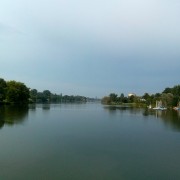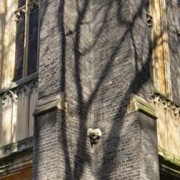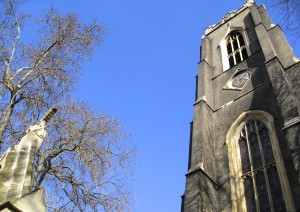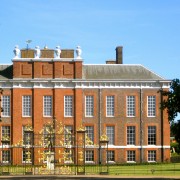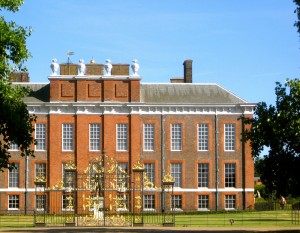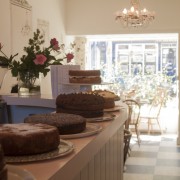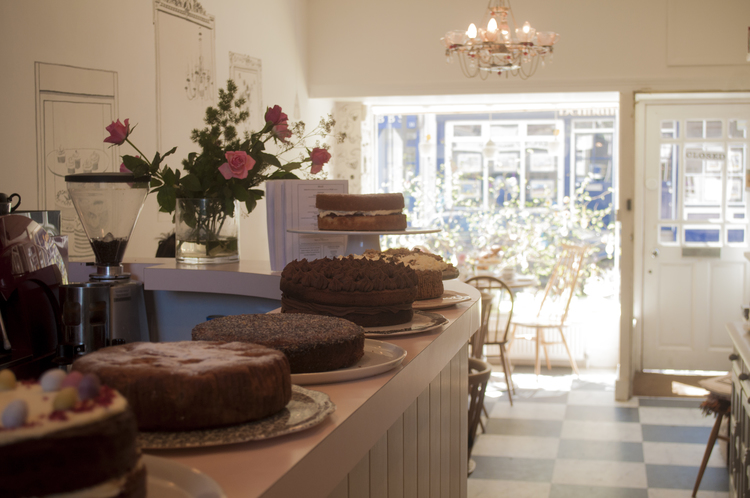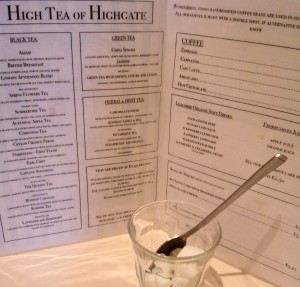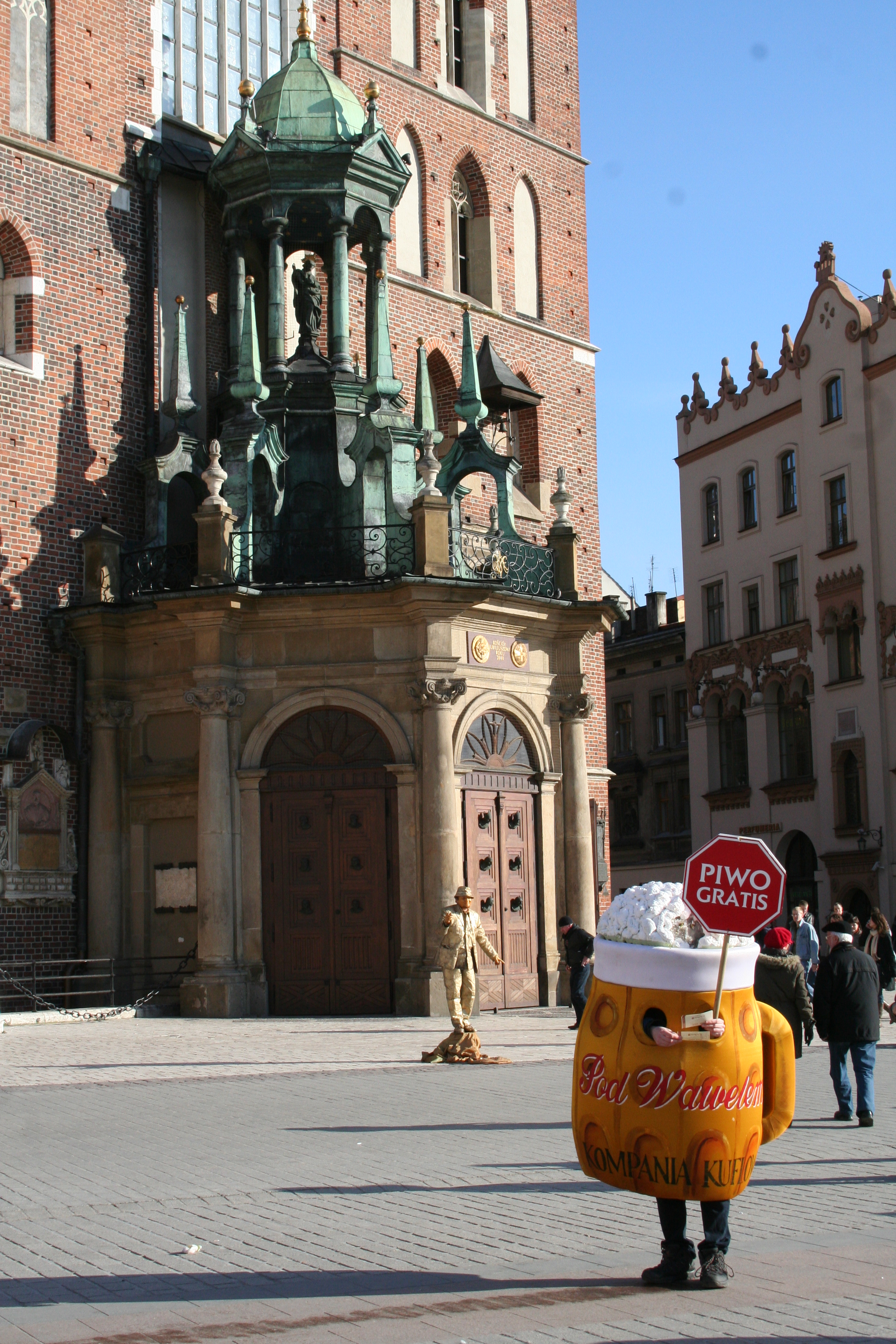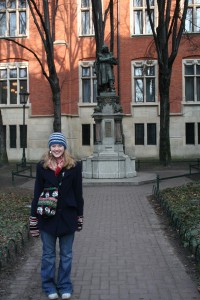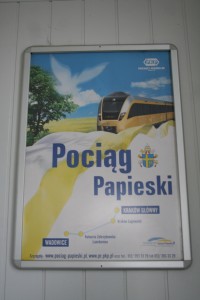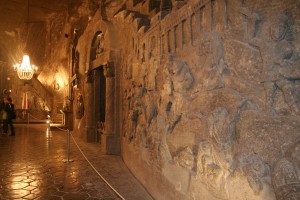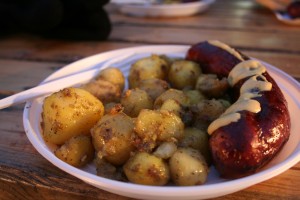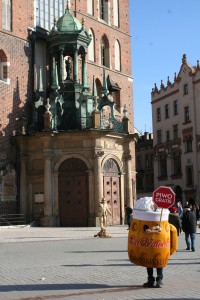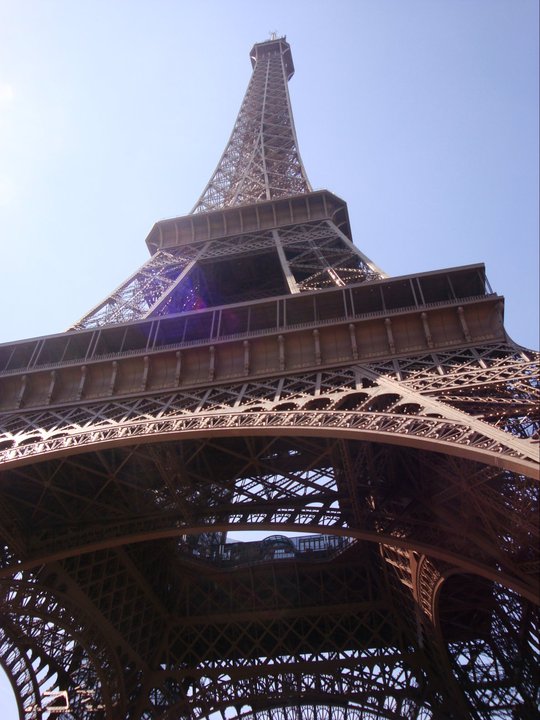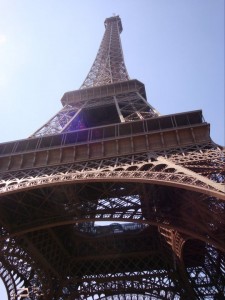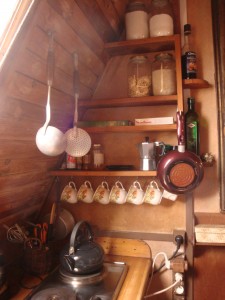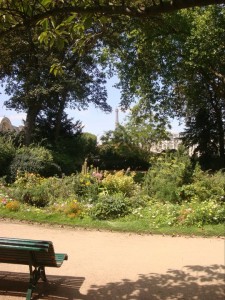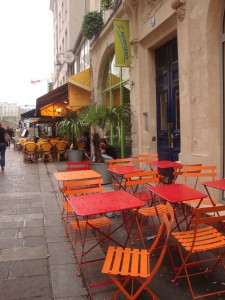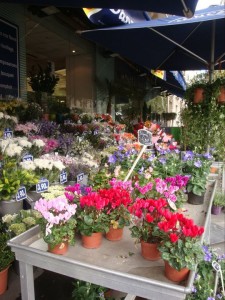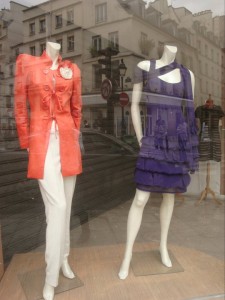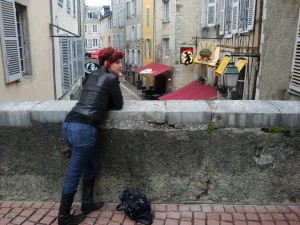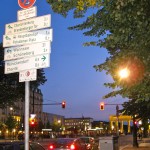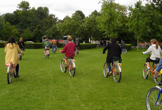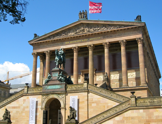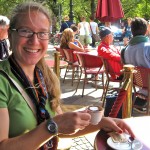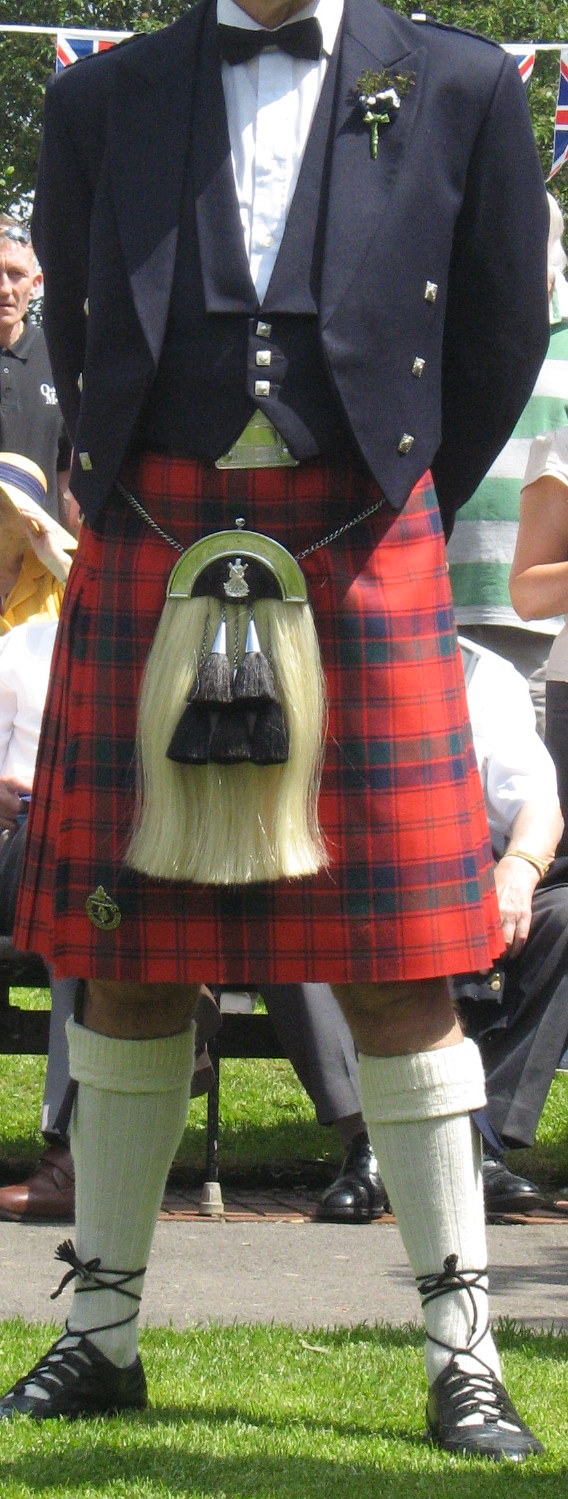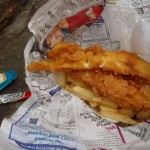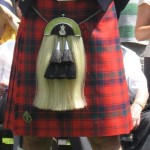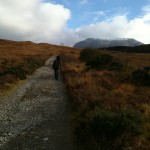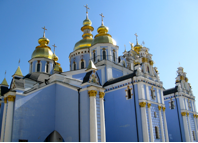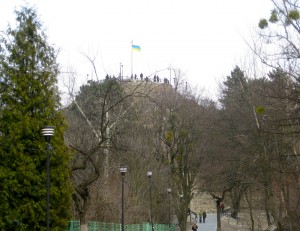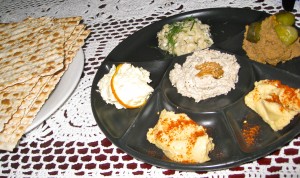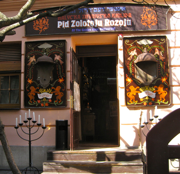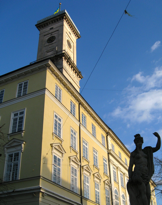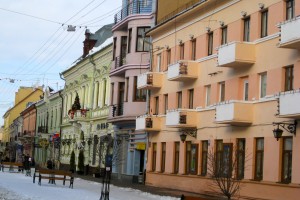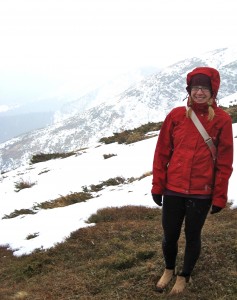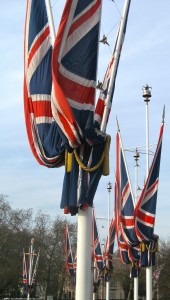 I love exploring new cities on foot. There’s no better way to “take healthy steps” – as my family says – and really get to know a place. You may wonder how it’s possible to explore London, a sprawling metropolis of almost eight million people, on foot. Let me try to convince you that it is easily – and best – explored this way, as long as you don’t plan on trying to walk around the entire city. The Tube (a.k.a. the Underground or metro) system is excellent and a good way to travel longer distances through London, but certain areas are much better enjoyed outdoors at a leisurely pace.
I love exploring new cities on foot. There’s no better way to “take healthy steps” – as my family says – and really get to know a place. You may wonder how it’s possible to explore London, a sprawling metropolis of almost eight million people, on foot. Let me try to convince you that it is easily – and best – explored this way, as long as you don’t plan on trying to walk around the entire city. The Tube (a.k.a. the Underground or metro) system is excellent and a good way to travel longer distances through London, but certain areas are much better enjoyed outdoors at a leisurely pace.
I spent four sunny days in London at the end of March – not nearly enough time to see and do everything I wanted to do, but enough time to stroll around some of London’s many beautiful boroughs. (Visiting London became even more significant because I had learned not long before the trip that I would be moving there after finishing my Peace Corps service.) Here are my recommendations for a few nice walking-sightseeing routes if you find yourself in London for several days.
DAY 1
Marylebone/Fitzrovia and Regent’s Park
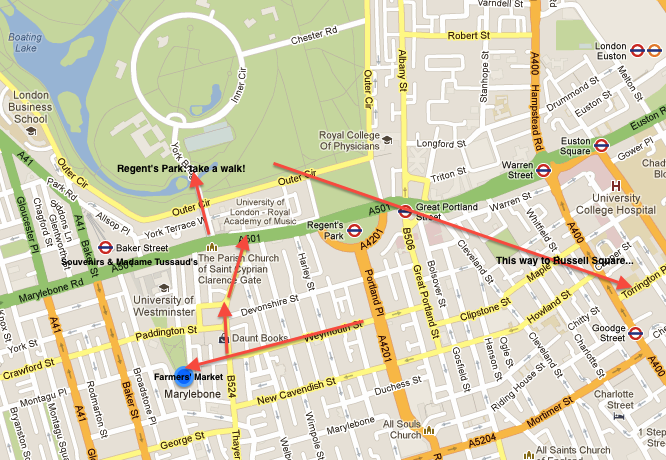
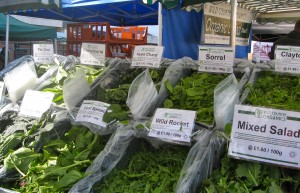
At the Marylebone Farmers’ Market
This posh, neighborhood-y area is known for its proximity to peaceful Regent’s Park. One of the friends I was visiting lived in this area, on Weymouth Street just a few blocks from the Sunday Marylebone Farmer’s Market, which even in late March was already full of gorgeous greens, plenty of parsnips, delicious homemade goat cheese, and the best carrot cake I have ever had. I recommend trolling for postcards and souvenirs on Marylebone Road – if you like wax figures, also check out Madame Tussaud’s – before ducking into Regent’s Park for a stroll around the lake or a run on the many winding paths that offer glimpses of the London Zoo’s residents.
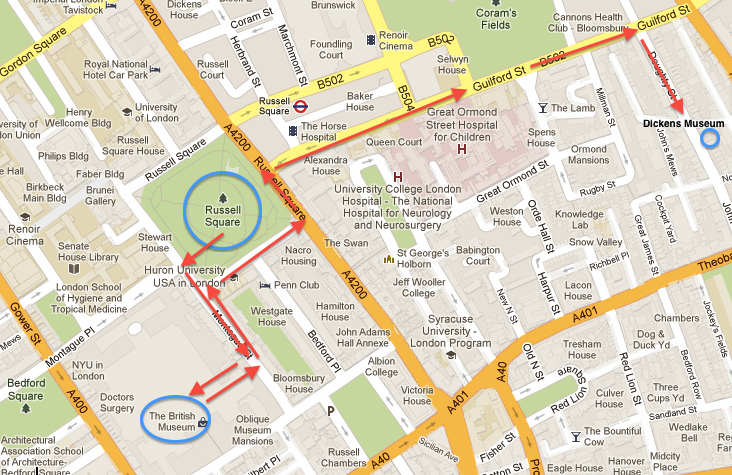
Bloomsbury and Russell Square
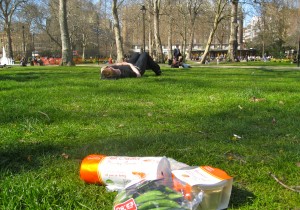
Enjoy a picnic lunch in Russell Square
After your morning stroll through the park and farmers’ market snack, walk east out of Fitzrovia to Bloomsbury, the district from which the early 20th-century Bloomsbury Group – the Woolfs and E.M. Forster were some of its prominent members – took its name. Drop into one of the many Sainsbury’s grocery stores to pick up picnic fare, then take it to Russell Square – most famously featured in Thackeray’s Vanity Fair – and enjoy people-watching while you nosh. Once your legs (and stomach) feel rejuvenated, walk one block to the British Museum. If you don’t have time for the whole museum you must at least stand gazing upwards in the glass-domed atrium for a few minutes. If you’d like to continue your literary tour, walk east on Guilford Street to Doughty Street, where you’ll find the Charles Dickens museum, situated in the house where Dickens lived for much of his life in London.
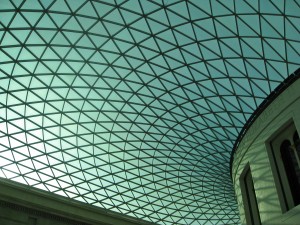
The British Museum atrium
DAY 2
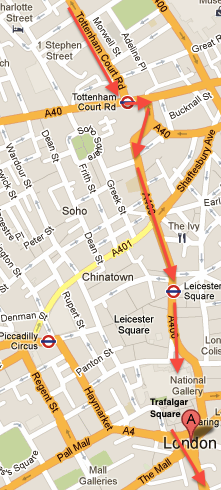
Tottenham Court/Charing Cross Road to Trafalgar Square to Whitehall; the Houses of Parliament; Westminster Abbey to Buckingham Palace, St. James’ Park, and The Mall
If your feet feel up for it, use a leisurely second day to take in many famous sights. Start on Tottenham Court Road in Fitzrovia and walk south; when you cross Oxford Street it will become Charing Cross Road in Soho. Take your time to stroll along, pop in and out of bookshops, and check out what’s playing at the theaters. Not far from Leicester Square you’ll run smack-dab into Trafalgar Square (contrary to popular belief, when I was there people actually outnumbered pigeons). If the weather is nice, grab a bite at Pret A Manger and people-watch while sitting on the steps of St. Martin in the Fields; if you’re lucky you’ll catch a choir rehearsal or concert in the church.
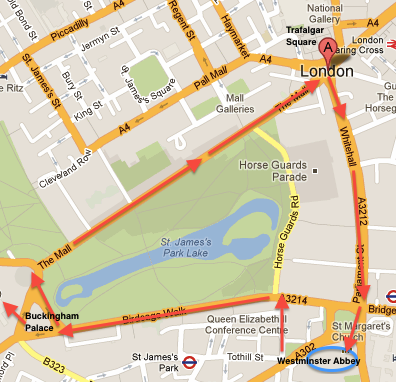
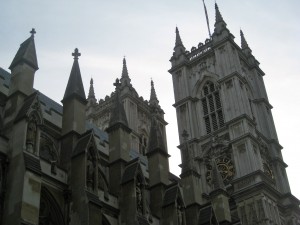
Westminster Abbey
When you have sufficiently refueled, walk south through Trafalgar Square to what becomes Whitehall Road; you will be flanked by tall, white buildings and soon will glimpse the Houses of Parliament and the famous clock tower known as Big Ben. Pause for some photos and then swing right to Westminster Abbey. You can pay to see the entire Abbey, but if you’d rather get a feel for it without shelling out any pounds, walk around to the west entrance and sit in on Evensong or Evening Prayer (check the schedule first; they offer free services and small concerts every day).
From the Abbey, continue walking west toward St. James’s Park, in the center of which you will find Buckingham Palace and the Queen Victoria Memorial. Walk away from the Palace along The Mall; you’ll eventually come out under the Admiralty Arch and find yourself back in Trafalgar Square. Stop in at the National Gallery or Portrait Gallery if you have time.
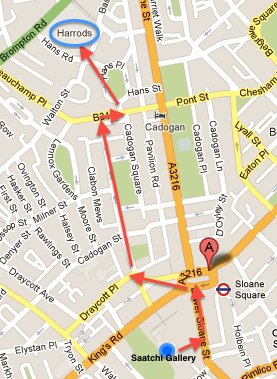
DAY 3
South Kensington and Chelsea
Start in Chelsea’s Sloane Square and visit the Saatchi Gallery, an art gallery that had an exhibition of contemporary German art when I was there. Even if modern art is not your cup of tea, the gallery is free and worth spinning through for its gorgeous design and use of space. Do you prefer shopping to art galleries? Walk up Cadogan Square to the famous department store, Harrods, where you will find anything you could ever want.
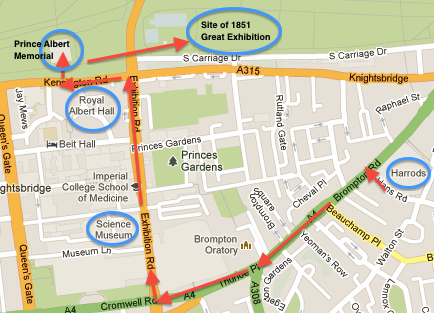
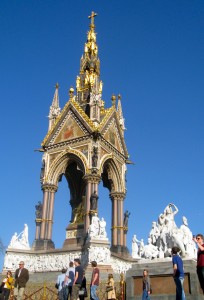
Prince Albert Memorial
From Harrods, it’s a short walk down Brompton Road to South Kensington and Exhibition Row, an area also known as “Albertopolis” for Queen Victoria’s establishment of museums, concert halls, and colleges in honor of Prince Albert, her husband who died too young. You could easily spend the rest of the day here in the Victoria and Albert Museum and the Natural History Museum. Take some time to walk up to Kensington Gardens/Hyde Park to see the ornate Albert Memorial and the spot of the 1851 Great Exhibition’s Crystal Palace.
DAY 4
City of London
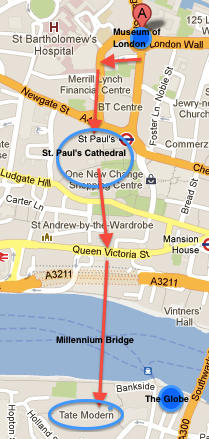
If you still have energy after the previous three days, start this day in the one-square-mile City of London, the oldest part of London and now the financial center. Spend some time at the Museum of London, free and chock-full of London’s history from the earliest times to today. When you feel saturated, walk south and follow your eyes to St. Paul’s Cathedral. Ogle at its dome and design – if you want to spend some money you can go inside – before continuing south to pedestrians-only Millennium Bridge, leading straight to the Tate Modern art museum. While crossing the bridge you will see the reconstruction of Shakespeare’s Globe Theater. If you have time, catch a performance at the Globe after enjoying some modern art at the Tate. (Unfortunately I didn’t have time to do either of these things on my visit.)
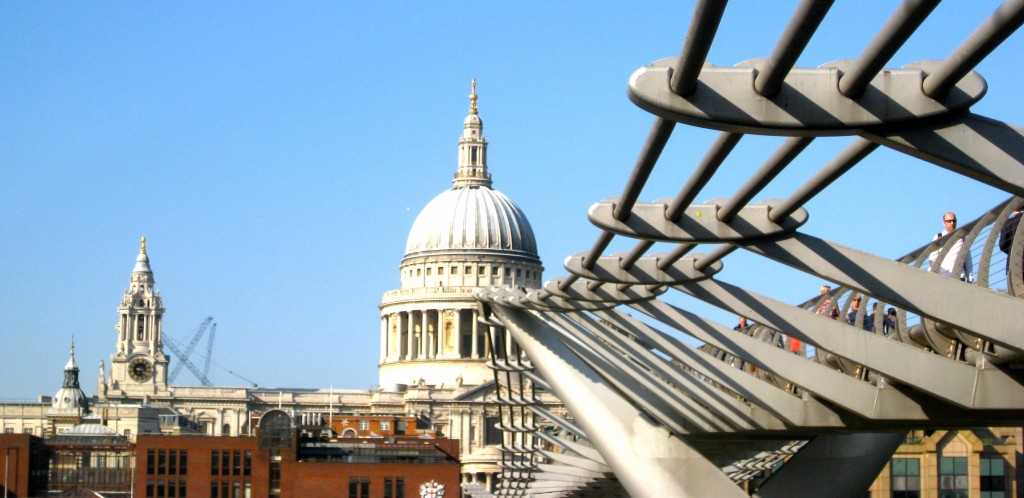
St. Paul’s Cathedral as viewed from Millennium Bridge
Obviously, you cannot see all of London in four days. But if you like to walk, admire architecture, and really get the feel for a city, I recommend the four above walks as good starting points. I look forward to discovering many more great London walks after moving there – perhaps I shall share them with you. If you have suggestions for other walks, feel free to leave them in the comments section. Happy exploring!
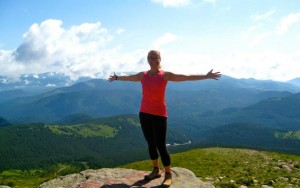 ~Tammela~
~Tammela~

